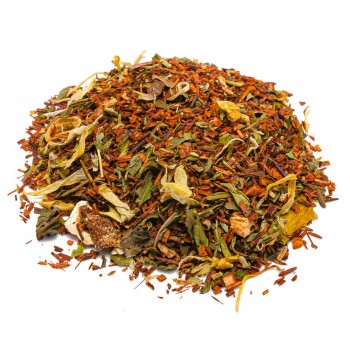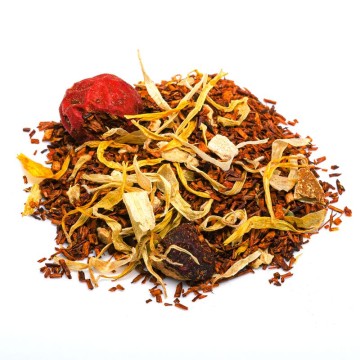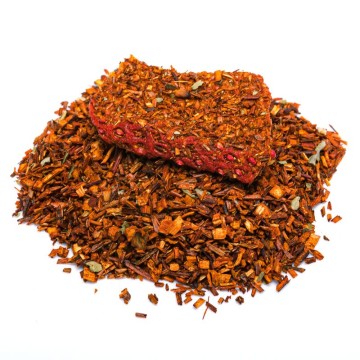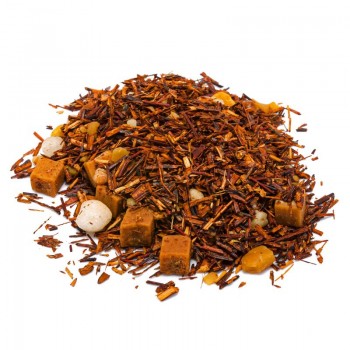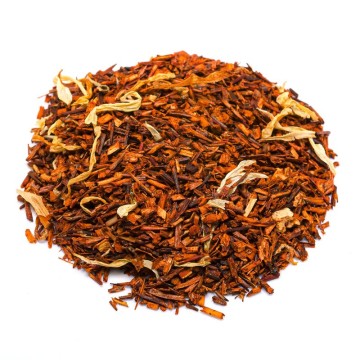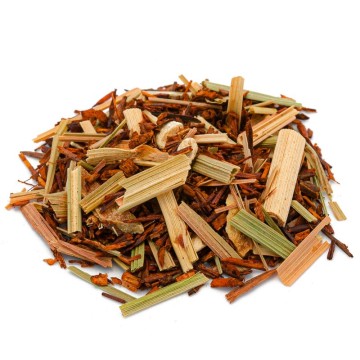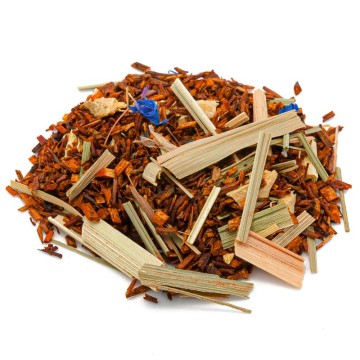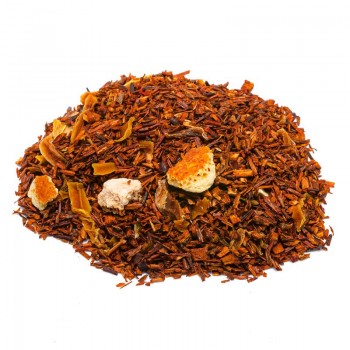Rooibos Organic lemon and vanilla
Lemon and Vanilla Rooibos is a delicious blend that combines the lively and fresh flavor of lemon with the enveloping sweetness of vanilla. This combination offers a balanced and inviting taste experience. Lemon adds a note of freshness and liveliness, while vanilla gives a creamy and indulgent touch to the drink. The result is a relaxing and satisfying tea, perfect for a break during the day or to be enjoyed as a sweet conclusion to an evening.
Ingredients:
rooibos, natural flavouring, lemon peel, calendula, cornflower.
- 100°
- 3/5g every 250 ml
- 07/10 min. of infusion





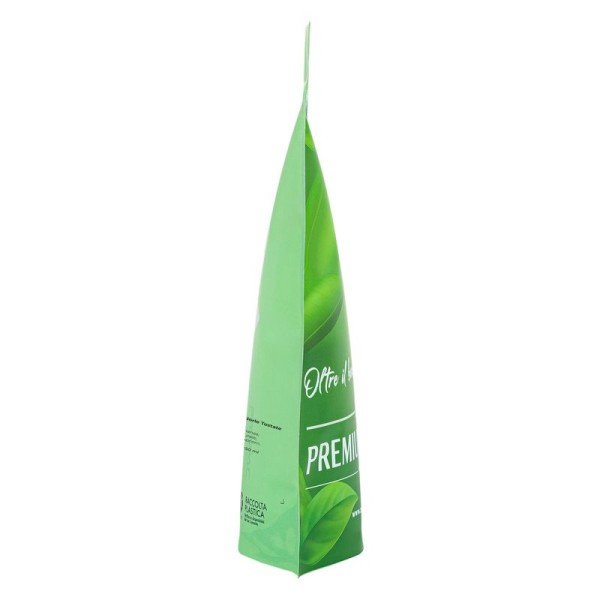





 No reward points for this product.
No reward points for this product.

![rooibos cioccolata calda [Natura d'Oriente]](https://www.naturadoriente.com/3513-home_default/rooibos-hot-chocolate.jpg)



